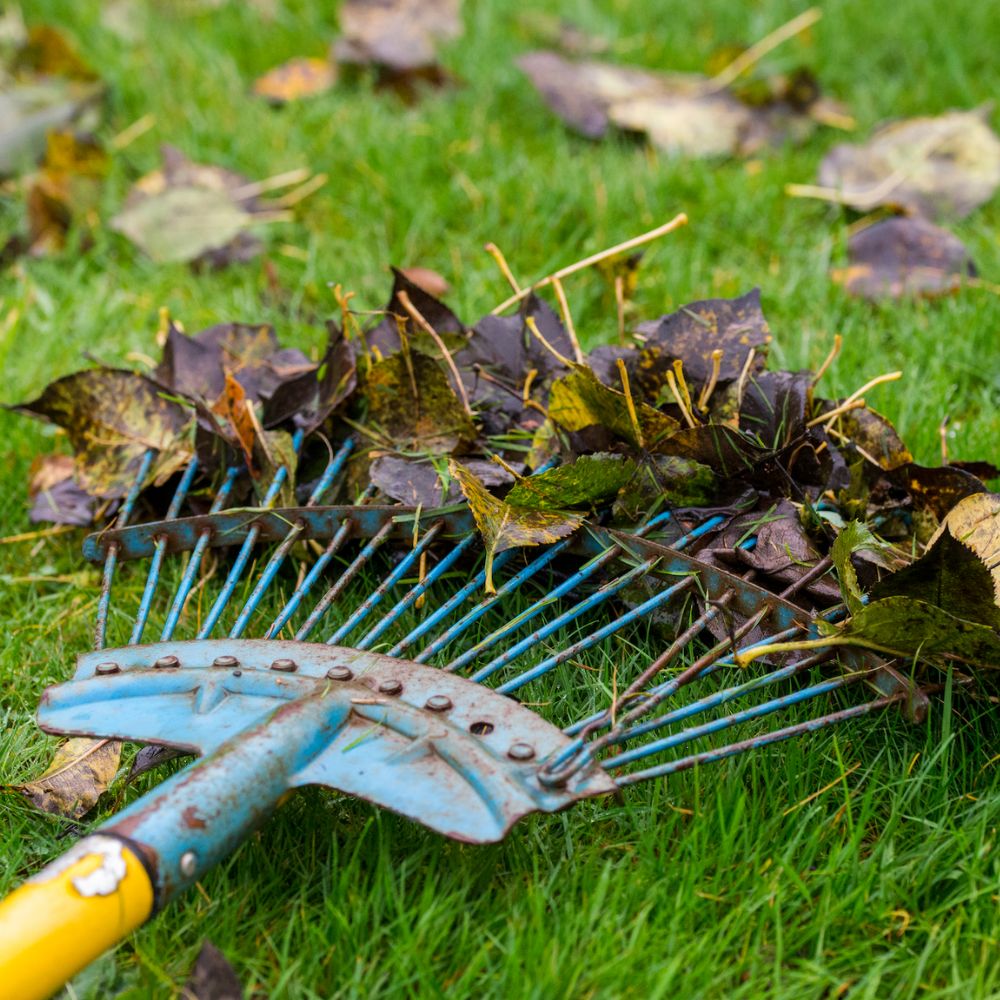
Simple autumn maintenance to get your garden ready for winter
Autumn maintenance in the garden is crucial to prepare your plants for the colder months ahead. By following these essential tasks and tips, you can ensure that your garden remains healthy and vibrant. The British Garden Centres team have put together an autumn maintenance guide so your garden will be ready to flourish when spring arrives.
Plants
Autumn is an ideal time for dividing and transplanting perennial plants. By dividing overcrowded clumps, you not only rejuvenate the plants but also create new opportunities for expansion in your garden. Carefully dig up the plant, divide it into smaller sections, and replant them in well-prepared soil. Don’t forget to water them thoroughly after you transplant them back into the ground or containers.
Autumn is the best time to plant spring flowering bulbs (leave your summer bulbs until early spring). Daffodils, snowdrops and crocuses are just three examples of early spring bulbs that like the autumn and winter to get bedded in. You’ll need to plant them at the right depth and give them a good chunk of bulb fibre to nourish them for a glorious show in the spring.
Pruning
Autumn is an excellent time to prune and trim your garden plants. Start by removing any dead or damaged branches, as they can become vulnerable to winter storms. Additionally, thinning out overgrown bushes or trees can improve air circulation and prevent the growth of mould and mildew. Be sure to use sharp and clean pruning tools to make precise cuts, promoting the health and vitality of your plants. Prune wisely as the last thing you need is an exposed cut getting frostbite and losing the plant. Trim shrubs into shape but don’t overdo it!

Soil
As the temperature drops, it’s crucial to protect your plants from frost and extreme weather conditions. Applying a layer of mulch around the base of your plants can provide insulation and help retain moisture in the soil. Organic mulches, such as shredded leaves or bark chips, also break down over time, enriching the soil with nutrients.
The rate at which compost decomposes over the winter months slows down as the temperature cools, so you’ll want to give it a final boost ready for lush, fertile compost ready for use in spring. Turn it – get a garden fork and give it a good turn so that as much air is incorporated as possible.

Clearing out debris
As the autumn takes hold, the leaves will fall from deciduous shrubs and trees and older plants will need removing. Don’t leave them on the flower beds and allotment as they can harbour insect larvae that spell disaster come the warmth of spring. Sweep up the leaves and stuff them into black bags. By doing so, you create a clean canvas for your autumn garden maintenance. Leave leaves for a year as it’ll be beautiful mulch ready for use the next spring.

Garden tools
As you wrap up your autumn maintenance tasks, take the time to clean and store your garden tools properly. Remove any dirt or debris from your tools, ensuring they are dry before storing them in a clean and dry area. Applying a thin coat of oil to metal parts can help prevent rusting. By maintaining your tools, you’ll be ready to tackle any gardening tasks that come your way when spring arrives. Clean out water cans and the like too, leaving them to dry in an autumn breeze before putting them away for winter.

Garden furniture
Many people are now investing in garden furniture, such as teak benches, wooden dining sets and rattan sofas to enjoy during the warmer months. However, it is crucial to protect these furniture pieces from the winter season so some maintenance in autumn will ensure their longevity.
To prevent damage, it is important to thoroughly clean the furniture, removing any dirt or debris that could encourage the growth of moss or cause deterioration. Additionally, covering the furniture with a well-fitted waterproof cover will provide an extra layer of protection against the elements. If possible, it is recommended to store the furniture in a garage or garden shed to shield it from harsh weather conditions.

Tidy your shed
Begin by emptying the shed and be firm in discarding items that you can part with or haven’t used in more than a year.
Don’t forget to sweep the floors to minimise dirt and dust accumulation so it’s as good as new. Once all your belongings have been cleared out, thoroughly clean the walls and floor to restore the shed’s pristine appearance for the new year. Consider applying a fresh coat of paint both on the interior and exterior to add a touch of excitement and inject some colour into your outdoor area.
If you have limited floor space, it may be worth considering the option of shed shelving. Instead of discarding old furniture like bookcases, cabinets, and drawers, you could repurpose them for this purpose. It is wise to keep glass or plastic jars, as they can be quite useful for organising your shed. Jars of any size can serve as storage containers for nails, screws, and fittings, and they can be conveniently stacked on shelving units.































